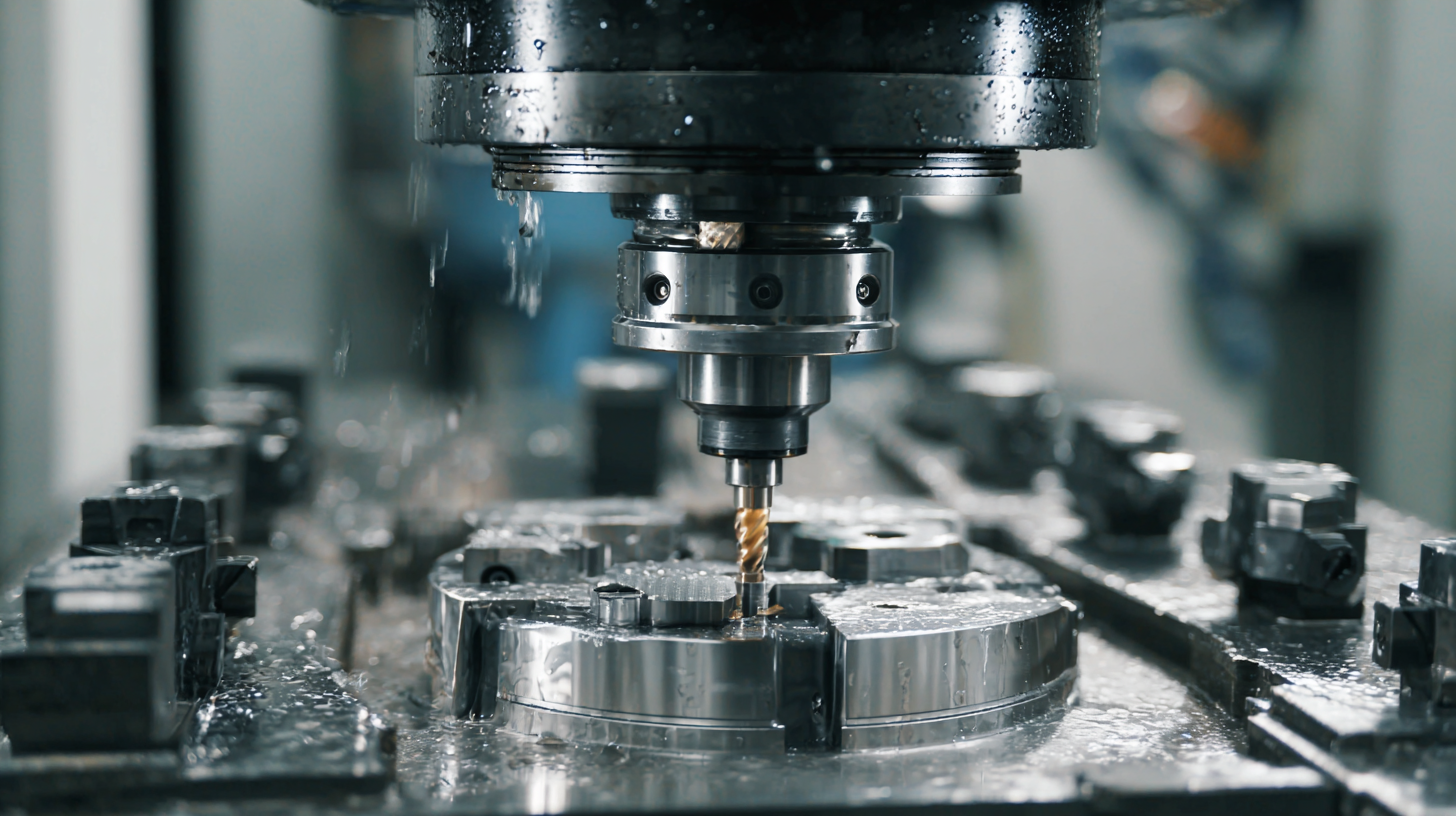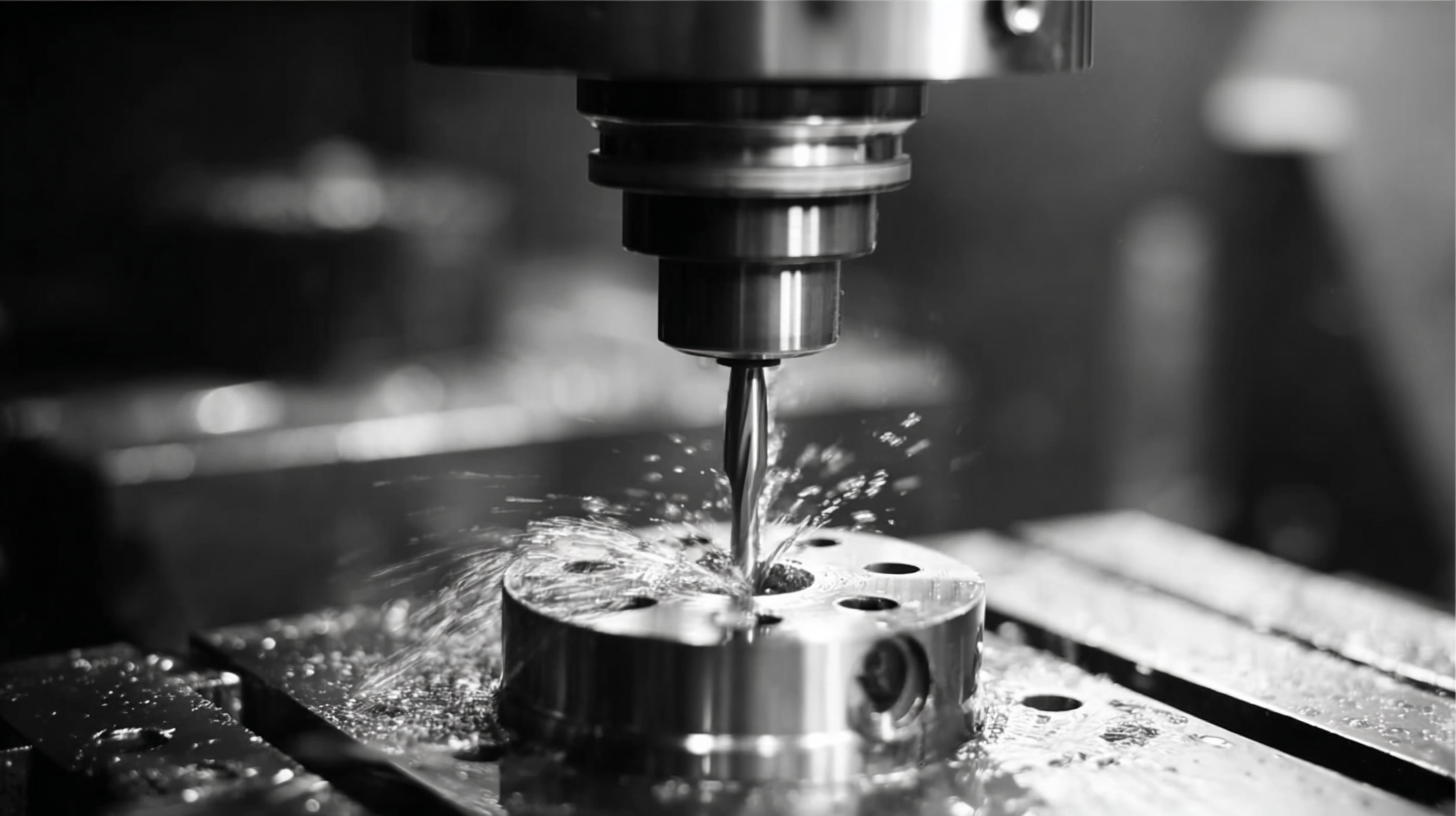How to Overcome Common Challenges in Sourcing the Best CNC Precision Machining Solutions
In today's highly competitive manufacturing landscape, sourcing the best CNC precision machining solutions is paramount for achieving operational efficiency and product quality. According to a report by Market Research Future, the global CNC machining market is projected to reach USD 100 billion by 2024, highlighting the increasing reliance on advanced technologies for precision manufacturing. However, businesses often face significant challenges in identifying the most suitable CNC precision machining providers, ranging from cost management to ensuring high-quality standards. Navigating these complexities requires an understanding of the intricacies involved in CNC machining processes, as well as a strategic approach to vendor selection. This blog will explore effective strategies to overcome common sourcing challenges, enabling manufacturers to leverage the full benefits of CNC precision machining.

Understanding the Unique Characteristics of Various CNC Machined Products
When sourcing CNC precision machining solutions, understanding the unique characteristics of various CNC machined products is essential for addressing common challenges. CNC machining is increasingly utilized across industries, with a projected market growth from $70.6 billion in 2022 to approximately $100.5 billion by 2028, according to a recent report by MarketsandMarkets. This growth emphasizes the need for businesses to recognize the specific attributes that differentiate CNC products, such as materials used, tolerances, and surface finishes, as these factors heavily influence the manufacturing process and final product quality.
Different CNC machined products come with their own set of characteristics that can affect the sourcing process. For instance, aluminum components are favored for their lightweight and corrosion resistance, while titanium parts, despite being more expensive, offer superior strength-to-weight ratios. A 2023 study by Techsci Research highlights that nearly 59% of manufacturers prioritize material selection as a critical factor in achieving optimal product performance. By comprehending these unique characteristics and how they align with production capabilities, businesses can more effectively navigate the complexities of sourcing and ensure they select the best machining solutions tailored to their specific requirements.
How to Overcome Common Challenges in Sourcing the Best CNC Precision Machining Solutions - Understanding the Unique Characteristics of Various CNC Machined Products
| Product Type | Material | Tolerances (mm) | Surface Finish | Production Volume |
|---|---|---|---|---|
| Aerospace Components | Aluminum alloy | ±0.05 | Anodized | Low volume (1-100 units) |
| Medical Devices | Stainless steel | ±0.01 | Passivated | Medium volume (100-1000 units) |
| Automotive Parts | Carbon steel | ±0.1 | Powder coated | High volume (1000-10000 units) |
| Consumer Electronics | Plastic (ABS) | ±0.05 | Textured | Very high volume (10000+ units) |
| Industrial Equipment | Cast iron | ±0.2 | Machined | Medium to high volume (500-5000 units) |
Evaluating Material Options for Optimal CNC Precision Machining Solutions
When evaluating material options for optimal CNC precision machining solutions, understanding the interplay between material properties and machining efficiency is crucial. Recent advancements in finite element analysis reveal that the dynamics, static characteristics, and rigidity of high-precision machine tools significantly impact both the machining efficiency and the surface quality of the final product. The choice of material can further enhance these characteristics, giving manufacturers a competitive edge in precision engineering.
For instance, materials such as titanium and aluminum alloys have gained popularity in CNC machining due to their excellent strength-to-weight ratios and machinability. According to industry reports, the use of such materials can lead to improvements in both durability and surface finish, essential for applications in aerospace and automotive sectors.
**Tip:** Always consider the specific requirements of your machining process when selecting materials. Factors such as thermal conductivity, hardness, and corrosion resistance play a pivotal role in determining the final output quality.
Another vital aspect is the role of cutting tools and their compatibility with selected materials. Utilizing tool materials that complement the properties of workpieces can lead to significant reductions in tooling costs and machining time, as shown in studies indicating a 20% increase in efficiency with optimal tool material selection.
**Tip:** Implement testing cycles to evaluate different combinations of materials and cutting tools to identify the most effective pairings for your specific CNC machining needs.

Key Industry Metrics Highlighting CNC Machining Efficiency and Accuracy
When sourcing the CNC precision machining solutions, understanding key industry metrics can significantly enhance your ability to choose an efficient and accurate provider. Metrics such as cycle time, tool life, and dimensional accuracy are crucial indicators of machining performance. For instance, a shorter cycle time can lead to higher productivity, while longer tool life decreases downtime and tool replacement costs. Keeping an eye on these metrics can help businesses evaluate potential CNC machining partners more effectively.
Tips for improving your CNC machining sourcing process include meticulously reviewing suppliers' previous performance data. Ensure they provide transparency about their capabilities and metrics. Additionally, consider implementing a trial run to directly assess the efficiency and accuracy of their machining processes. It’s also beneficial to establish clear communication regarding your specifications and expectations to help the supplier align their operations with your needs.
Finally, staying informed about industry benchmarks can guide your decision-making process. Comparing your needs against standard metrics within the industry will help you set realistic goals for production and quality. Choose suppliers who not only meet these benchmarks but also exhibit a commitment to continuous improvement in their practices.
Cost-Benefit Analysis of Different CNC Machining Techniques for Product Development
When it comes to product development, choosing the right CNC machining technique is essential for balancing costs and benefits. Different methods such as CNC milling, CNC turning, and electrical discharge machining (EDM) offer distinct advantages depending on the project requirements.
 CNC milling, for instance, is ideal for creating complex geometries and is highly versatile, making it a popular choice among manufacturers. However, it often comes at a higher initial cost due to the need for specialized tooling and setup.
CNC milling, for instance, is ideal for creating complex geometries and is highly versatile, making it a popular choice among manufacturers. However, it often comes at a higher initial cost due to the need for specialized tooling and setup.
On the other hand, CNC turning is more efficient for producing cylindrical parts and typically incurs lower manufacturing costs. The speed of this technique can significantly reduce the lead time during product development, which is crucial for businesses looking to launch their products sooner.
Moreover, EDM provides exceptional precision for parts with intricate details, though it can be more expensive and time-consuming.
By conducting a thorough cost-benefit analysis, companies can identify which CNC machining technique aligns with their budget while still meeting quality and precision standards, ultimately driving successful product development.
Navigating Industry Standards and Certifications in CNC Precision Machining
Navigating industry standards and certifications is crucial for sourcing the best CNC precision machining solutions. In a field where precision engineering plays a vital role, understanding and complying with standards such as ISO 9001 and AS9100 can significantly enhance production quality and consistency. According to a report by Grand View Research, the global CNC machining market is projected to reach $100 billion by 2025, highlighting the growing importance of adherence to recognized certification practices. These standards not only assure clients about the operational quality but also enhance the manufacturer's competitiveness in the market.
Moreover, certifications related to safety and environmental management, such as ISO 14001, are increasingly relevant. They provide a framework for minimizing the ecological impact of machining processes, which is becoming a priority as industries strive for sustainability. Research indicates that companies that align their operations with these standards often experience a 20% reduction in waste and operational costs, leading to better profitability. By prioritizing industry standards and certifications, businesses can effectively mitigate risks associated with sourcing CNC precision machining solutions while ensuring they meet both client requirements and regulatory obligations.
Let's Build Together



Contact Us: Call 435-563-3503
-OR- Fill in the form below and we will call you back.
